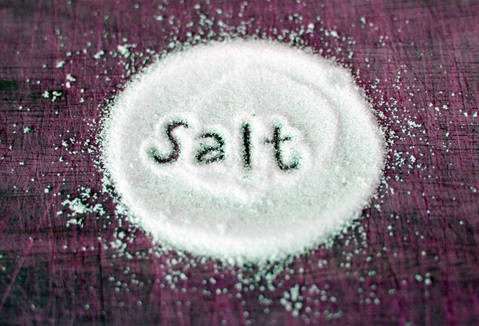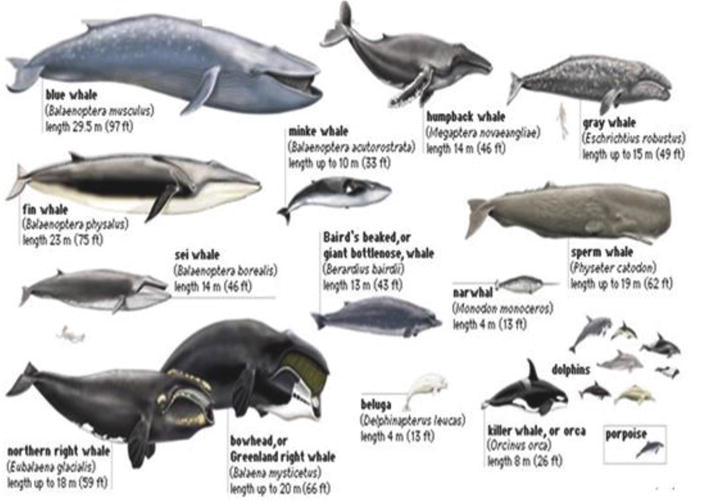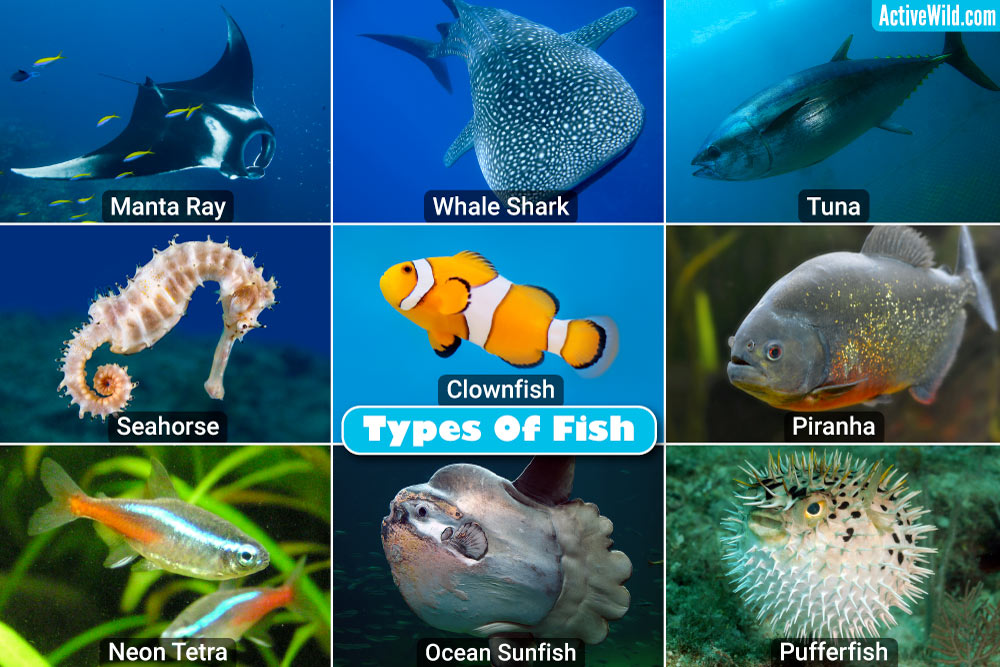Exploring the Essential Properties of Salt: A Comprehensive Guide
Salt, also known as sodium chloride, is a compound that has been used by humans for centuries. It is an essential ingredient in cooking and baking, and it also has various other uses in daily life. However, many of us are not aware of the true properties and characteristics of salt. In this comprehensive guide, we will explore the essential properties of salt, from its chemical composition to its impact on the environment. Whether you are a food lover, a health enthusiast, or simply curious about the world around us, this article will provide you with a deeper understanding of this common but remarkable substance.
Introduction to Salt and Its Importance
Salt is a mineral that is found in abundance on Earth. It is formed when sea water or salt lakes evaporate, leaving behind deposits of salt crystals. It has been a vital part of human civilization since ancient times, with evidence of its use dating back to 6050 BC. The importance of salt in human life cannot be overstated – it has been used as a currency, a preservative, a seasoning, and even in religious rituals.
Types of Salt and Their Characteristics
There are various types of salt available in the market, each with its own unique characteristics and properties. The most common type is table salt, which is refined and finely ground. Other types of salt include sea salt, rock salt, Himalayan pink salt, and kosher salt. Sea salt is harvested by evaporating sea water, while rock salt is mined from underground deposits. Himalayan pink salt is known for its distinctive pink color and is believed to have additional health benefits due to its trace mineral content. Kosher salt has a coarser texture and is often used in koshering meat.
The Chemical Composition of Salt
Salt is a compound made up of two elements – sodium and chloride. Its chemical formula is NaCl, with sodium making up about 40% and chloride making up about 60% of the compound. This composition remains the same regardless of the type of salt. However, the purity and presence of other minerals can vary, giving each type of salt its unique characteristics.
Sodium and Chloride: The Essential Elements
Sodium and chloride are both essential elements for human health. Sodium is important for maintaining the body’s fluid balance, nerve function, and muscle contraction. Chloride, on the other hand, is crucial for maintaining proper blood pressure and the body’s acid-base balance. However, it is important to consume these elements in moderation, as excessive intake of sodium can lead to health issues such as high blood pressure and kidney disease.
The Role of Salt in Cooking and Baking
Salt is an essential ingredient in cooking and baking, as it enhances the flavor of food and also has a preservative effect. It brings out the natural flavors of ingredients and can also balance out the sweetness or bitterness of a dish. In baking, salt is used to activate yeast and give bread its texture. The type of salt used in cooking can also make a difference in the overall taste of a dish, as each type has its own distinct flavor profile.
Health Benefits and Risks of Salt Consumption
While salt is essential for our bodies, excessive consumption can have negative effects on our health. The recommended daily intake of sodium for an average adult is around 2300 mg, but most people consume more than that. A high-sodium diet can increase the risk of developing high blood pressure, heart disease, and stroke. However, not all types of salt have the same impact on health. For example, Himalayan pink salt is believed to have lower sodium levels and a higher mineral content, making it a healthier option.
The Impact of Salt on the Environment
The harvesting and processing of salt can have a significant impact on the environment. Salt mines and evaporation ponds can disrupt the natural habitats of plants and animals. The use of heavy machinery and energy-intensive processes also contribute to pollution and carbon emissions. In addition, excessive salt run-off from agriculture and road salt can have a negative impact on soil and water quality.
How Salt is Harvested and Processed
The most common method of harvesting salt is through solar evaporation, where sea water is left to evaporate in large ponds, leaving behind salt crystals. Mining is another method, where salt is extracted from underground deposits. After harvesting, salt is processed to remove impurities and achieve the desired grain size. This process can involve washing, drying, and grinding the salt. Table salt is also often enriched with iodine, an essential mineral for thyroid function.
Common Uses of Salt in Daily Life
Apart from its role in cooking, salt has various other uses in daily life. It is used in industries such as chemical manufacturing, water treatment, and de-icing roads in winter. It is also used in the production of paper, detergents, and textiles. Salt can also be found in many household products, such as toothpaste and bath salts.
Unconventional Uses of Salt in Beauty and Cleaning
Salt has been used for its medicinal properties for centuries, but it also has various unconventional uses in beauty and cleaning. It can be used as a natural exfoliant in homemade scrubs, and it has antibacterial properties that make it an effective cleaning agent. Salt has also been used for centuries in spa treatments for its detoxifying and skin-nourishing properties.
Exploring Different Flavors and Varieties of Salt
As mentioned earlier, each type of salt has its own unique flavor profile. This makes salt a versatile ingredient in cooking, as it can add different layers of flavor to dishes. For example, Himalayan pink salt has a milder, less salty taste compared to table salt, making it a great option for seasoning food. Experimenting with different types of salt can also be a fun and interesting way to enhance your cooking skills.
The Future of Salt and Its Potential in Industries
The use of salt in industries is expected to continue to grow, with an increasing demand for chemicals and water treatment. However, there is also a growing concern about the environmental impact of salt production. In recent years, there has been a push towards more sustainable and eco-friendly methods of salt harvesting and processing. There are also ongoing research and development efforts to find alternative sources of salt, such as using seawater or brine from desalination plants.
In conclusion, salt is an important and fascinating compound that has been a part of human history for centuries. From its various uses in cooking and baking to its potential in industries, salt plays a significant role in our daily lives. With a deeper understanding of its essential properties and characteristics, we can appreciate this common substance even more. It is up to us to use salt responsibly and make sustainable choices to ensure its availability for future generations.



